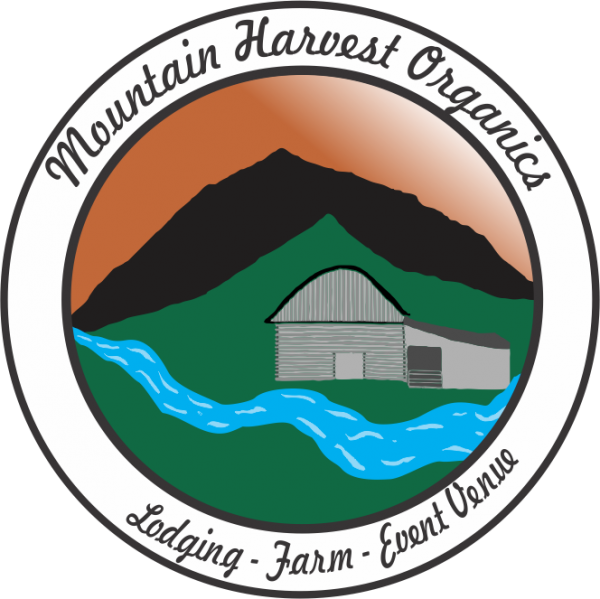Veggies, WP Migration
We are excited that most of our fall transplants are still alive!
We are thankful that although we continue to have rain showers nearly each day, each storm is bringing less rain, allowing us to transplant and direct seed a few crops for fall. With our current crop rotation, it just so happens that our fall crops are growing in our sandiest (meaning driest) field. We are thankful to have built a deer fence around that field as it just might pay for itself this fall alone if we are able to harvest tasty greens.
Just a couple weeks ago we transplanted our fall crops, then covered these crops with floating row cover, all this work done to simply prevent them from being devoured by flea beetles and harlequin bugs. Over the years we have accumulated an assortment of row cover each with a different weight and weave, only because as we phase out old sheets replacing them with new, our suppliers keep changing the brand and weight they sell. It seems the best type that has worked so far, with the longest usage, was one made by DuPont that we last purchased around 6 years ago. We are using this type for our baby boc choi and have noticed a lot of flea beetle damage so we will need to phase this type completely out of production. Our fall crops must be transplanted mid July through August so they mature before it gets too cold for them to grow. While the row cover prevents bugs from destroying our crops, it also raises the temperature of the plants a few degrees, which is great for our Spring season. However, with the fall crops that are transplanted during the peak heat of summer, this protection creates the risk of loosing these crops to overheating. We estimate that we have lost half our fall broccoli crop to overheating as we try to figure out which row cover works best for our summer season. The row cover that we used for our broccoli is a tighter weave, and heavier in weight, so it seems to not allow as much airflow, meaning that we will not be using this type during the summer anymore. The lighter weight row cover worked well but it seems to tear fairly easy, which to us doesn’t seem very sustainable, since it only lasts a couple seasons. It would be nice if all row cover was created equal, with some kind of rating, just so the farmer can figure out which should be used each season as new brands and types become available while others are discontinued. Floating row covers do have a rating but the rating doesn’t seem that helpful from a sustainability aspect. Perhaps that is too difficult with so many different climates and conditions around the country.





pic – crops weeded




